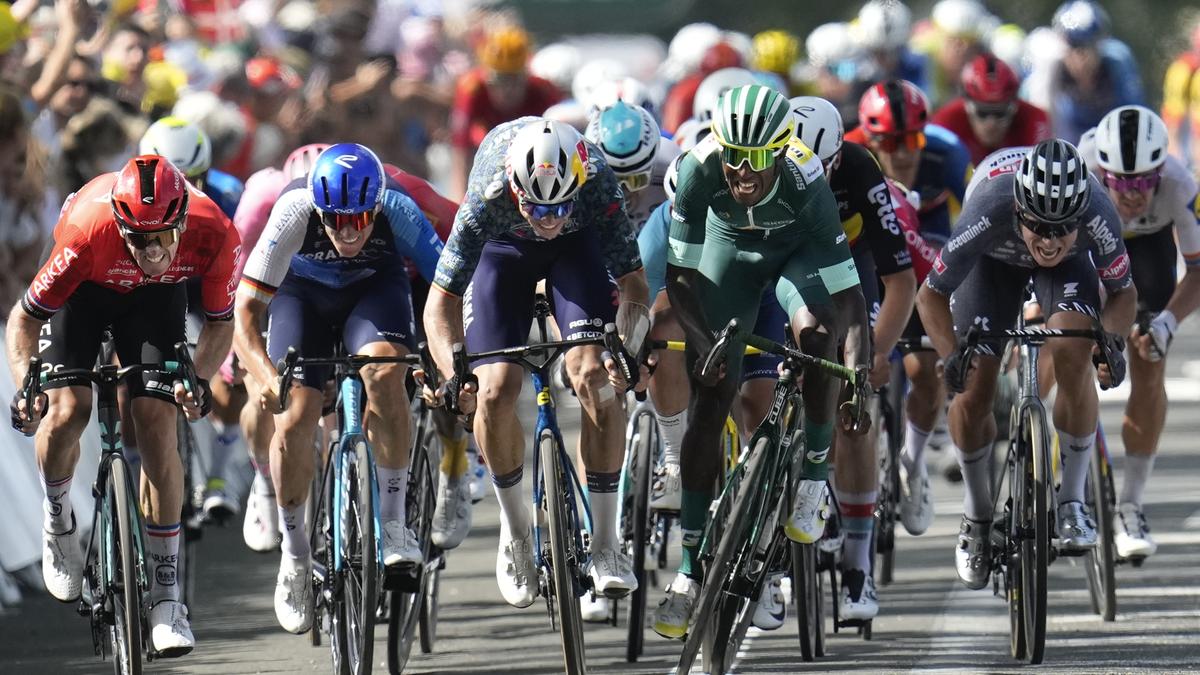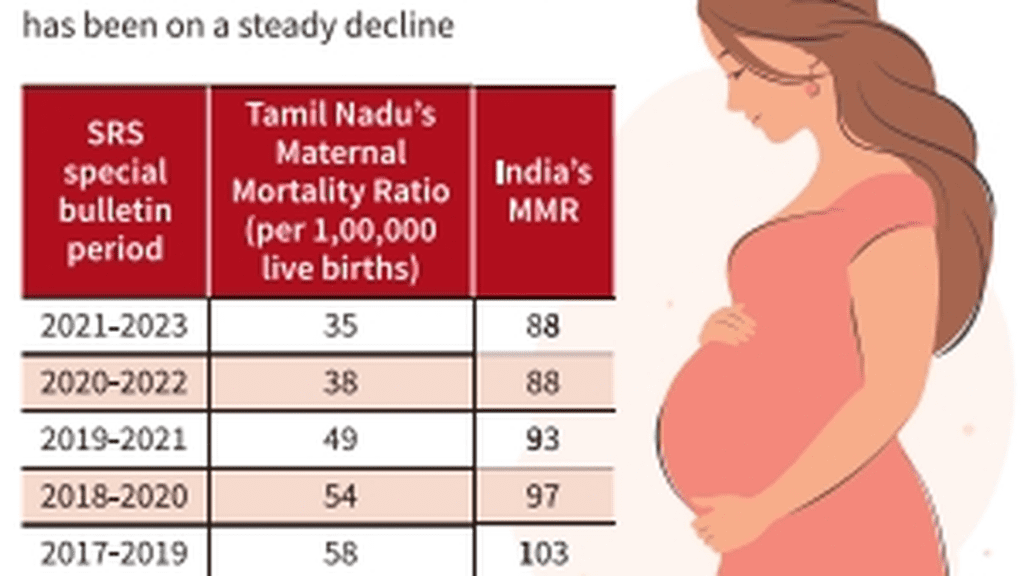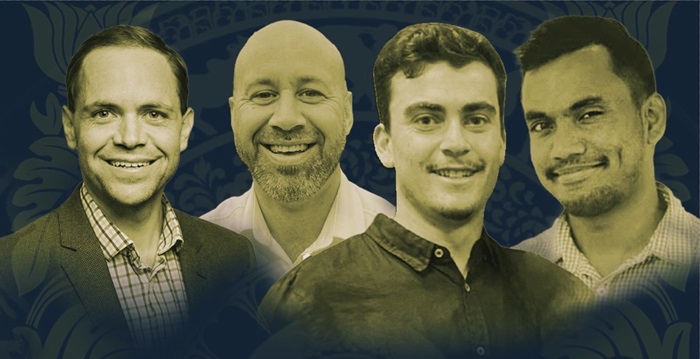Tour de France 2026 format explained: How the first-ever Team Time Trial opener works

Tour de France 2026 format explained: How the first-ever Team Time Trial opener works
For the first time in its storied history, the Tour de France will kick off with a team time trial (TTT) when the 2026 edition begins in Barcelona on July 4. But what exactly is a time trial, and why does this shake-up matter?
A time trial is a race against the clock, where riders (or teams) start at intervals rather than racing together in a large peloton. The goal? To complete the course as quickly as possible without the benefits of drafting off competitors.
Time trials come in two main formats:
Individual Time Trial (ITT): Riders compete alone, testing their speed, endurance, and aerodynamics.
Team Time Trial (TTT): Entire teams ride together, working in formation to set the fastest time.
Each team will ride a 19.7-kilometre course in Barcelona.
The team’s finishing time will be based on the first rider to cross the line, unlike the usual format where the time is taken from the fourth or fifth rider.
Individual general classification (GC) times will be based on each rider’s actual finishing time, meaning early gaps in the race could form right from the start.
The first stage of the Tour usually has a mass-start format or an individual time trial. A TTT opener is unprecedented.
This format, first tested in the 2023 Paris-Nice race, could create early drama, as riders may struggle to keep up with their teams.
With the 2025 Tour set to start in Lille, the 2026 race will mark a return to Spain, with Barcelona hosting the Grand Départ for the first time. Fans can expect a thrilling opening weekend, with Stage 2 also finishing in Barcelona and Stage 3 starting from Granollers.
Published on Feb 26, 2025










